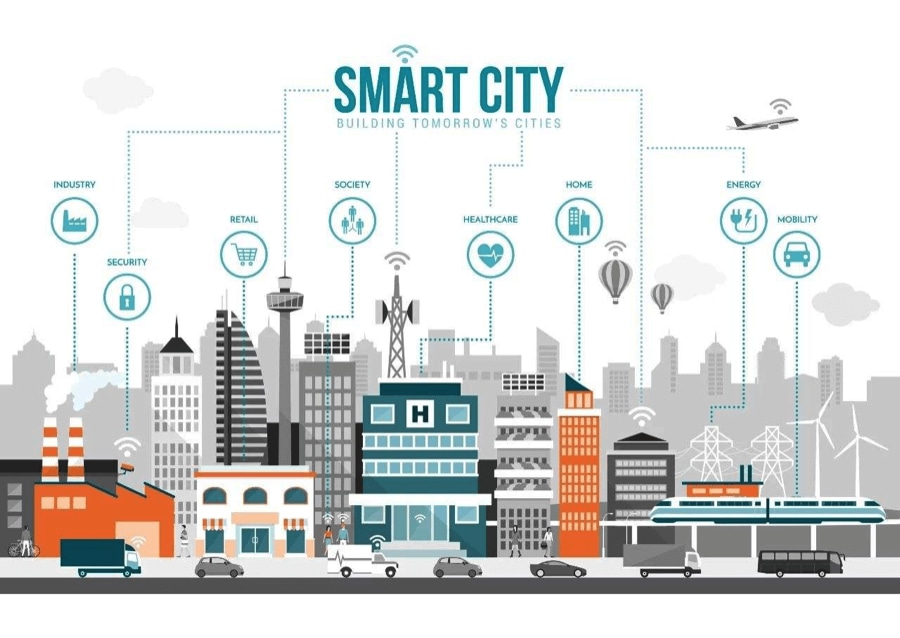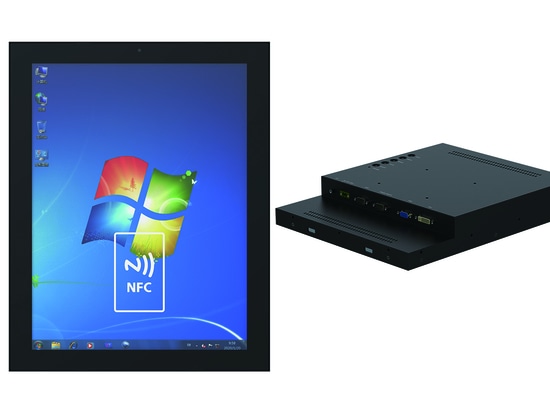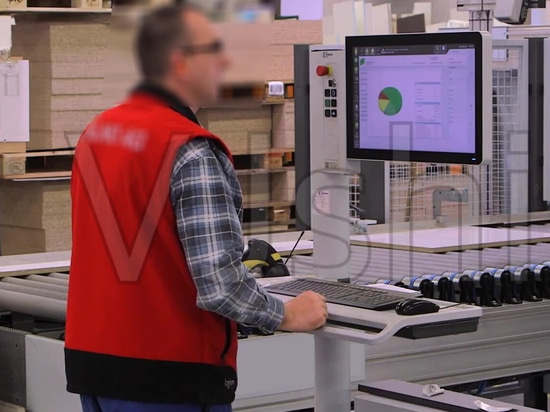
#Industry News
Edge computing used in Smart city applications
Smart cities require comprehensive perception of information, intelligent identification and judgment, global integration and efficient disposal.
In the process of building a smart city, the application of edge cloud computing is huge.
Under the framework of edge cloud computing, the entire smart city system can be divided into three layers: acquisition layer, sensing layer and application layer.
At the acquisition level, the massive surveillance camera captures the original video and transmits it to the nearest local aggregation node.
In the sensing layer, the video aggregation node has built-in visual AI inference models and parameters from the cloud, completes the convergence of the original video stream and AI calculation, and extracts structured feature information.
At the application level, the city brain can comprehensively plan and form decisions based on the feature information from each aggregation node, and can also retrieve the original video stream in real time as needed.
In the smart city system, the value of the “cloud-edge-end” three-tier architecture is mainly reflected in the following three aspects:
(1) Providing AI cloud service capability: The edge video aggregation node docks with the local surveillance camera, and can provide AI empowerment services for various stock cameras with different capabilities. The cloud can define and adjust the AI reasoning model for the original video at any time to support a richer, more scalable visual AI application.
(2) The video transmission is stable and reliable: the distance from the local surveillance camera to the cloud center is often far, the transmission cost of the private network is too high, and the direct transmission of the public network is difficult to guarantee the quality. Under the model of “transport after first aggregation”, combined with the link optimization capability of the aggregation node (CDN network), the transmission effect of structured data and original video can be guaranteed.
(3) Saving bandwidth: In the application of cloud on various types of surveillance video, the network link costs a lot. Smart City Service has high-definition bit rate and 7×24 acquisition requirements for original video, and network link cost can even account for more than 50% of total cost. Compared with the data without the edge node processing the full backhaul cloud, AI calculation at the video convergence point can save 50%~80% of the return bandwidth, greatly reducing the cost.
The development and construction of modern smart cities cannot be separated from stable and reliable industrial embedded computer products. As a manufacturer of industrial computer solutions, Taicenn provides suitable industrial computer services to contribute to the urbanization process according to actual application needs.





